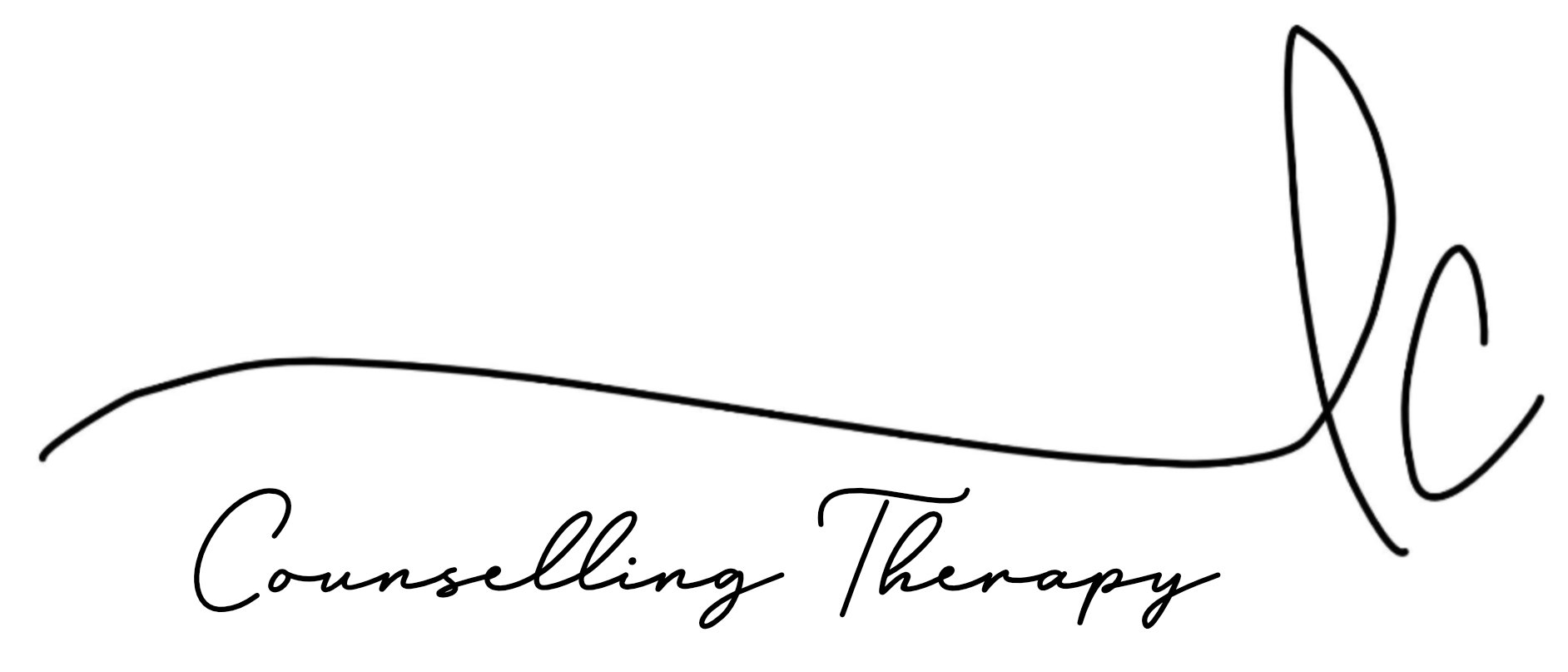Week 1: Sādhanā: Daily Spiritual Practice
Sādhanā / साधना / : a Sanskrit word defined as an “exercised effort towards the achievement of a purpose”. In the context of yoga, we translate Sadhana as a daily spiritual practice; doing action to create a specific goal or outcome. Personally, I like to think of Sadhana as a daily realigning of the soul; essentially, a new beginning.
For us to have a truly new beginning, we must also embrace the ending, the “letting go”. Non-attachment, Aparigraha, is one of the central teachings of yoga: to let go of our expectations, material possessions, control of outcomes, and our attachment to our own ego. As you’ve undoubtably encountered, it is much easier said than done.
Think back to a “bad day” that you’ve had in the recent months. Did the entire day not go right? Or was it just 10 - 20 minutes of that day that derailed? Did you allow your attachment to what wasn’t going right to determine the outcome of the rest of your day?
Being attached to our own suffering is completely human. But, that doesn’t mean we can’t release these chains that bind us and create freedom in the present moment.
This is where your Sadhana, your daily realigning, becomes important. This practice is a means of forging a ritual connection with your inner self to process past emotions and events, ultimately to achieve freedom from the ego.
So what is a Sadhana, exactly?
A Sadhana can be anything that is practiced with awareness and discipline. The most important thing is that you just prioritize this time for yourself and honour it daily.
How do I start?
Consider what you want to get from your morning practice:
What do you want to bring into your day?
Is this mental clarity?
Physical release or strengthening?
Spiritual connection?
Self-awareness?
Revisiting your last journal prompt and the intention that you set for this challenge may help in determining what your daily practice will look like.
It is really important to choose practices that work for you and that you enjoy. Because ultimately, if you don’t enjoy what you’re doing, it is going to be very difficult to convince yourself to do it daily.
With your intention in mind, consider what would be the most nourishing way to start your day. For some this may be a movement practice such as a short walk or yoga practice. For others this may be simply sitting with yourself in the still moments of the morning (eg. meditation/mindfulness practice). One of my favourite ways to start a morning is by journaling and releasing the mental static from the day or week before. A gratitude journal, where you write 3 things you’re grateful for, can also be a powerful practice in shifting your perspective.
Be realistic with your expectations; do what you can. So often we fall out of promises/resolutions/intentions to ourselves because we set our expectations too high and end up feeling like a failure when we can’t consistently follow through. Remember, this is a realigning of self, a beginning to your day. So it is okay if yesterday’s practice was far from perfect. You get an opportunity every morning to begin again.
Try waking up 15 minutes earlier than usual. This way, there is no urgency to start the day or excuses of “I don’t have time for that”. Even if you only last 5 minutes in your Sadhana, now you can enjoy the extra space to ease into your day. I recommend setting an alarm for 5 - 10 mins for your daily practice. You can always continue longer, but start off small. You’d be surprised what even 5 minutes of sitting with yourself can change.
Most importantly, remember to be kind to yourself as your work through your Sadhana. Respect the ebb and flow that comes with daily life and that some days will be more challenging than others. This practice isn’t about finding perfection, but simply about showing up for yourself as a reminder that you are important and worth taking time to connect with.
Over time, this daily spiritual practice will create room for you to move into your day feeling connected and grounded. Your Sadhana may change in nature or length, but it can turn you from a thing that you do, to the way that you show up in your life.
In the words of Annie Dillard, “how we spend our days, is of course, how we spend our lives.”
So start simple (5-10 minutes). Do something that feels nourishing for your mind, body, or soul before you step into your day. Let go of what is not yours to hold onto.
And most importantly, start again, as many times as you need.
